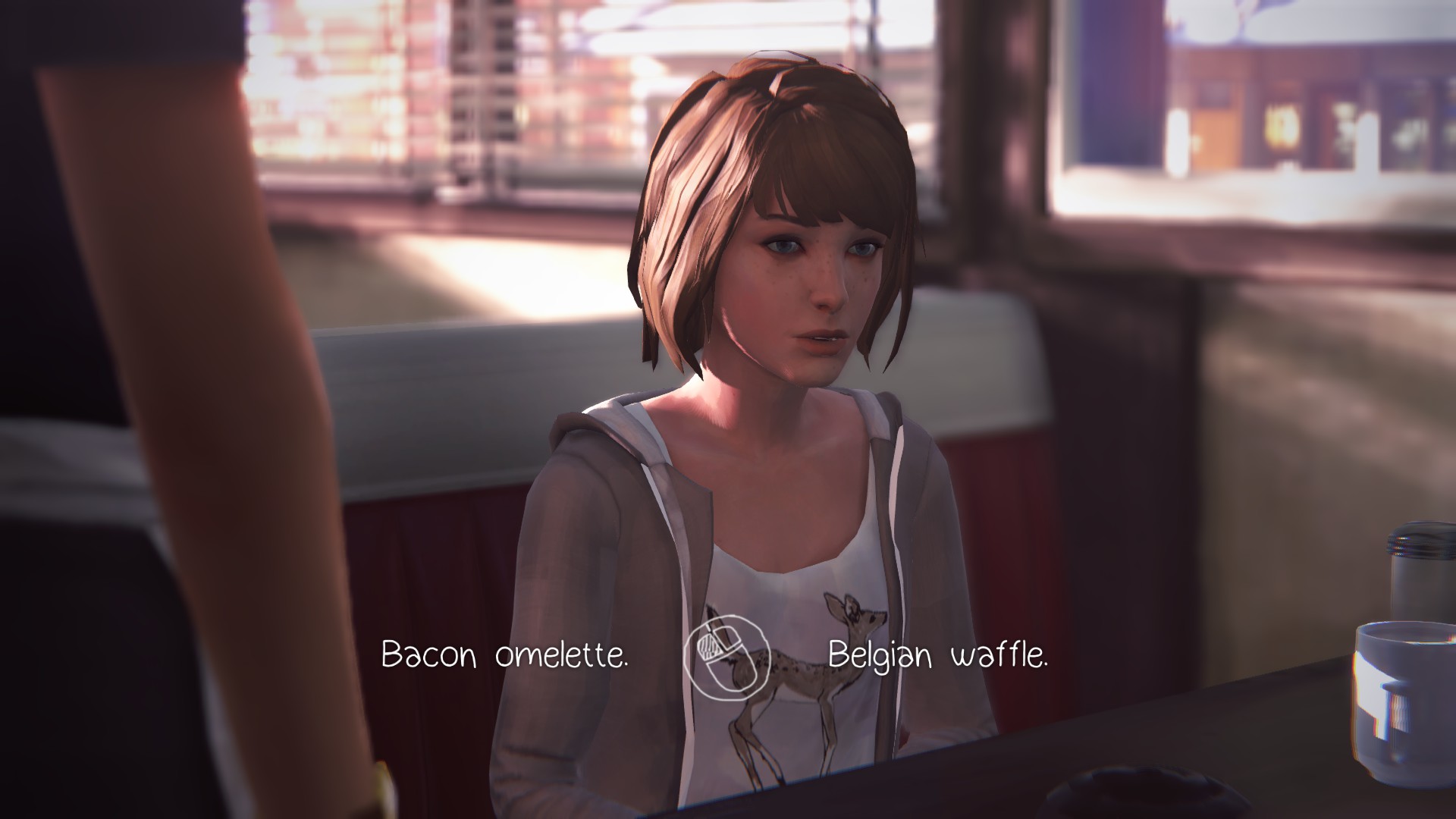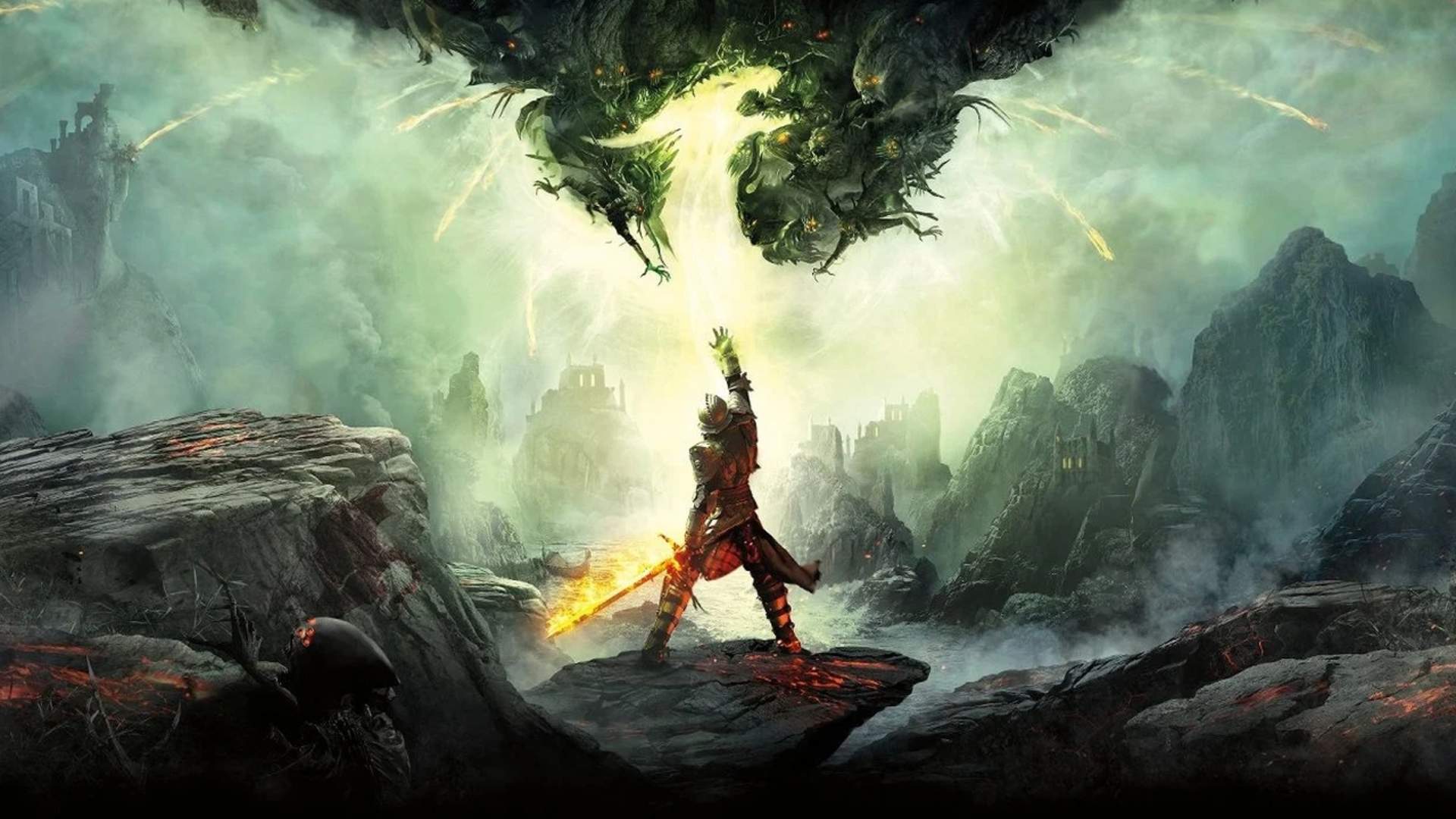Table of Contents Show
Narrative is at the heart and soul of how we communicate. Whether you notice it or not, it’s an unavoidable component of your daily life. It’s there every time you tell your friends a funny story, in every work of fiction you read or consume, and it’s even nestled deep in your subconscious, telling you how things “should” be. It’s the makings of a story, and everything has a story behind it.
Games are no exception to this. Their presentation of images contains enough to constitute narrative, and, as technology progresses, games have only become increasingly ambitious in their narrative goals. The aim is no longer just creating interesting gameplay, but telling a sophisticated story. As an old EA ad asks, “Can A Computer Make You Cry?”

Despite this, the place of narrative gaming is far from solidified. Narrative is viewed largely as an entity distinct from the general game, worthy of critique simply for existing. So, what exactly does a focus on narrative offer for games? What is the appeal in narrative gaming as a whole, and how has it grown to such popularity? Whether it’s the sense of power narrative gaming offers, the worlds it allows you to explore, or the unique stories it has to tell, the answers are nearly endless.
What Is A Narrative Game?
If you’re looking for a strict definition of what narrative gaming entails, you won’t find one. Probably more than any other genre within gaming, it is difficult to classify what elements exactly make a narrative game. It depends entirely on how you define “narrative” in the first place. Basically — nobody really knows what a narrative game is. So, when we talk about narrative gaming, we’re talking about a broad term that can wear many hats. It can be anything from games like Mass Effect, which places extra emphasis on story and player choice, or, games like Gone Home which have relaxed and sometimes very little “gameplay” and even straight-up visual novels. Any game that tells a coherent story, for our purposes at the very least, constitutes a narrative game.
Immersion And Player Choice
The first thing one might notice about narrative gaming is how it differentiates itself from other narrative-driven experiences. Its definition calls upon the player to be an active participant in them. Whether you are making choices that directly impact the story, or simply participating in the accompanying gameplay, you are immersed in the world of the game. In the end, you’re still only an observer to the workings of the story, but you are nonetheless a more involved one than you might be used to with other forms of storytelling.

Nowhere is this more evident than in games that allow the player to make choices that can ultimately alter the story. This is where narrative gaming truly shines as a storytelling medium. By giving players choice in how they proceed with the story and the game, narrative games allow players to become attached to the game’s world and characters. It essentially feels like living the life of the main character of a book or a movie.
Dynamic, Reactive Worlds
For many games, player choice lies in the player’s ability to impact the game’s environment. Oftentimes the player cannot change the course of the main story, but can still affect the world around them in meaningful ways. “Skyrim” is famous for this. You can become remarkably strong through side quests and have a myriad of encounters with different characters or beings in the world, but “Skyrim”‘s main story would never recognize your character’s experience. No matter how much adventuring you happen to do on the side, you’re still treated the same as you were when you last left the story.

This has obvious appeal. By creating dynamic worlds, games are allowed to have linear narratives of their own while maintaining immersion for the player. Players are not only given purpose in pursuing things outside the main story but also encouraged to look more at the smaller details embedded in the game. Seeing the character you’ve created actually matter and have a place in the world, simply makes it so much more meaningful to play as them!
Branching Stories
Other games go even further in letting player choice drive the story, creating an immersive experience like no other. In giving the player a sense of power over the story, it becomes difficult not to become attached to the game. Take practically any BioWare game, for example. In the “Knights of The Old Republic” games, you can choose whether your character is a light side or dark side Jedi. This seems simple enough, but in reality, the choice affects everything from what abilities your character can perform, to how your companions and other characters treat you, and even to how the story plays out. Even your character’s portrait reflects the side they take.

“Life Is Strange” is another game popular for the way player choice defines its story. Looking at the way dialogue trees for the game branch is enough to make your head spin. “Life Is Strange”‘s branching story makes the player feel in control and attached to the events to come, but it also lends an unavoidable sense of personal responsibility for what happens to the characters. Seeing unfortunate events play out is a hundred times more emotionally devastating when you know you’re the direct cause.
Variations In Narration
Narrative gaming does not always feature player choice. There are more games that have linear, fixed stories. Even in this regard, however, narrative gaming manages to use its medium in unique ways to draw the player further into the game. A large part of the appeal of narrative gaming lies in how it differentiates itself from other storytelling methods. By tying gameplay to storytelling, narrative gaming can both mimic other mediums as well as accomplish feats that could only be done through video games.
Living, Breathing Books
Narrative gaming, even when featuring linear storylines, is undeniably unique in the way it tells them. Think of the way “Prince of Persia” reminds the player that they’re playing a narrative game with lines like “No, no, that’s not what happened” when the player dies. Or how the loading screen you get when you die in “Assassin’s Creed” games shows the protagonist walking through virtual nothingness to remind you that they’re supposed to be projections of the Animus machine.
Or think of the small ways narrative gaming adds some spice to what would otherwise be a standard story. Additions such as interactive cutscenes found in games like “Shenmue” or “The Walking Dead” allow the player to feel more involved in a relatively linear story. Whenever the player hears significant dialogue overlaid and intertwined with a game’s gameplay, it is another example of a unique way narrative gaming can tell stories and draw the player into them.

Narrative’s direct ties to gameplay also mean that developers have a lot of room to play around with how their story is told. Games can afford to experiment with narrative while still maintaining the player’s focus and understanding. For example, “Nier Automata” is a game with 26 endings/epilogues, all of which are connected to each other and the game as a whole.

It sounds confusing and intimidating, but the execution is flawless. Another example of narrative gaming’s ability to pursue quirky methods of storytelling can be found in the environmental storytelling of games like “Bioshock”, where the player learns about the world around them from the environment itself (in “Bioshock”‘s case, through audio tapes). These experiences can only be had through narrative gaming.
Explorations Of Past And Present
If you’ve ever wished you could live through different historical events or experience hypothetical futures, you’re in luck. Narrative gaming is probably the closest you’ll get to do these (until time travel is invented, that is). Although it doesn’t cross our minds much, the pure amount of games out there that work hard to either replicate historic events and locations or create their own futuristic worlds is astounding.

Games like “Assassin’s Creed” intricately clone past locations and even events to a remarkable extent. It is said that some Ubisoft employees spent “over 5,000 hours” researching the Notre Dame Cathedral alone for “Assassin’s Creed Unity”. And even still, there are other developers that put an extreme amount of time and detail into creating semi-futuristic worlds like that of Ubisoft’s other franchise, “Watch Dogs”, or that of CD Projekt RED’s soon to be released “Cyberpunk 2077”.
The Next Step In Storytelling
Narrative gaming has always been present within the history of gaming, dating back to classics such as “Baldur’s Gate” and “Fallout”. Now more than ever, though, it’s time to start viewing it in a more favorable light. Narrative gaming is proof that video games are far more valuable than their stereotypes suggest. They’re not always just a fun way to pass the time — they can be genuine works of art with the power to move you.
